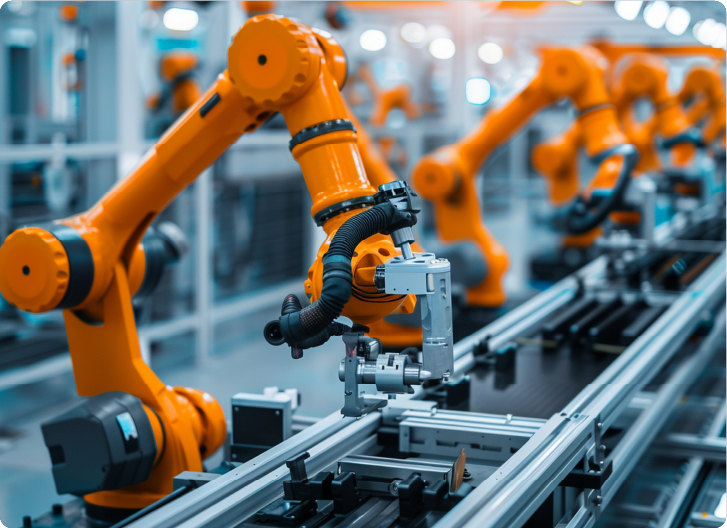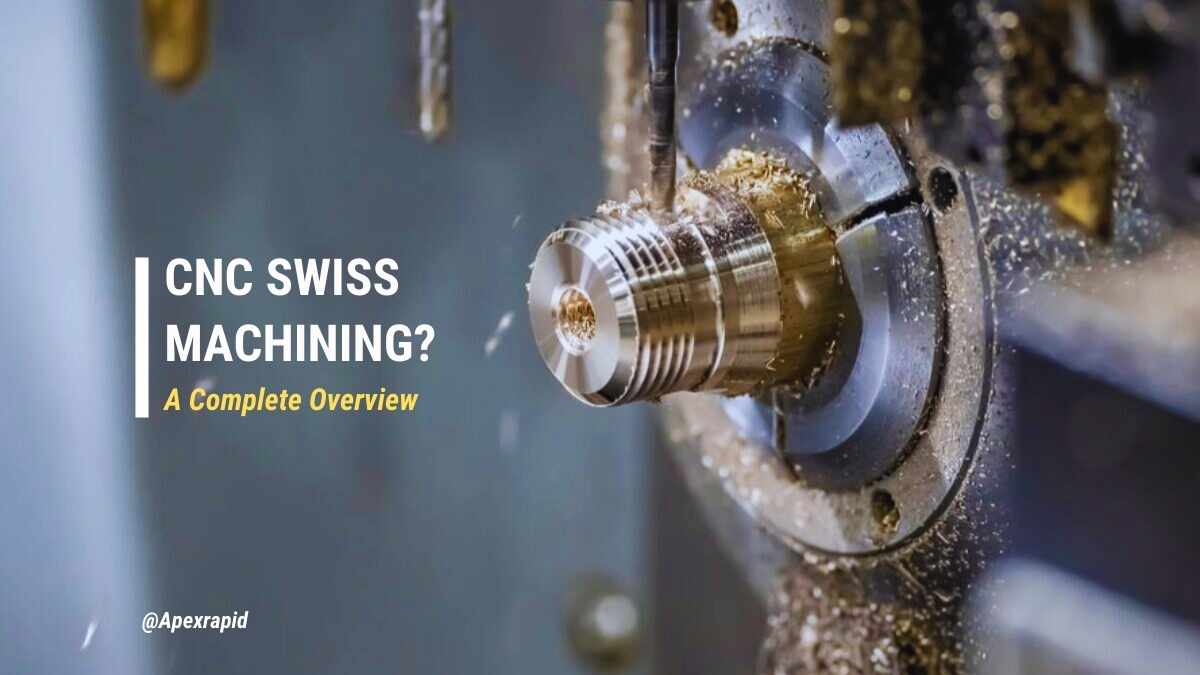
Exact part manufacturing presents many challenges, especially for the aerospace, medical, and automotive sectors. Conventional machining approaches are difficult to achieve today's requirements of tight tolerance standards and complex part designs. Eventually, it leads to manufacturing delays, higher expenses, and possible quality problems.
But don’t fret, here’s the solution: Swiss Machining Technology. Swiss machining is a solution for an exact manufacturing system intended to create precise, tiny, intricate components. These machines deliver efficient and swift production of high-quality parts, resulting in minimal waste.
This article explains Swiss machining and how it precisely shapes reliable parts for industries. We will compare traditional machining processes and their relationship with Swiss machining, along with the benefits for particular industries. So, keep on reading.
The Swiss machining process delivers exact results. It helps you shape highly delicate, detailed, and mini-feature components through its advanced, high-precision approach. The machining has the capability of producing tiny precision components down to microscopic specifications. It provides the best solution for businesses requiring exact parts such as delicate medical appliances, aerospace components, and electronic devices.
So, how does it work? Swiss machining runs by controlling material through a guide with the help of a collet. This collection acts as a clamping device. Each cut receives exact point-of-control due to this method. The intricate features, such as thread holes and grooves, make Swiss machining an ideal option.
The best part? It’s efficient. The automated machines operate continuously to perform nonstop machining operations. So, it minimizes production time while reducing expenses for high-quality parts manufacturing. Above all, benefits, the process delivers exact measurements without generating unnecessary waste or consumption of time. This technology revolutionizes business production since it provides reliable accuracy and minimizes product cycles.
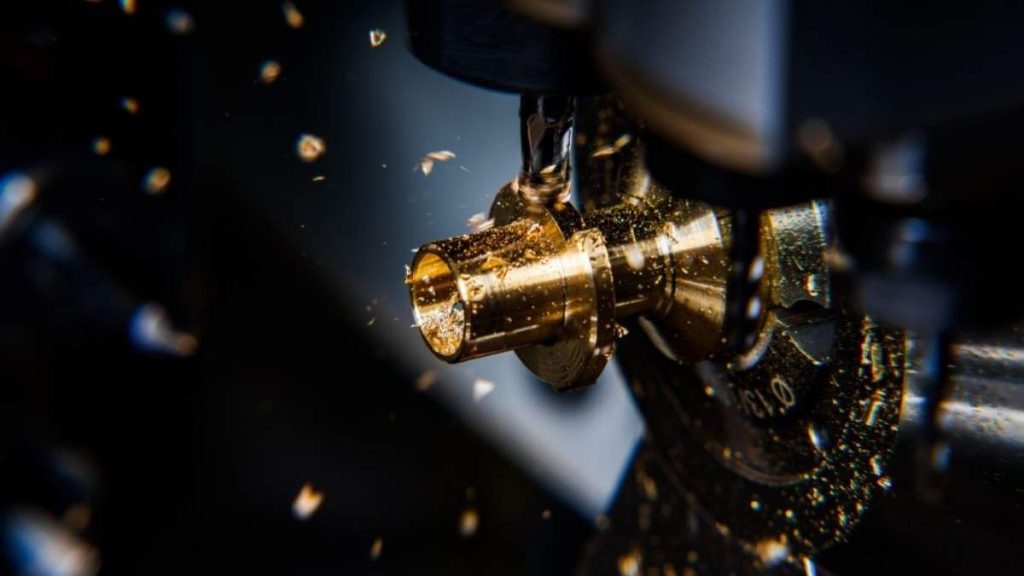
Precision parts manufacturing requires the selection of either Swiss machining or traditional CNC lathes to fulfill different industrial purposes. Industrial production methods vary through different precision capabilities, material handling, operating speed, as well as equipment complexity.
The precision of Swiss machining surpasses all other methods. It can achieve manufacturing tolerances at a minimum measurement of ±0.0001". Moreover, it achieves continuous high-accuracy precision due to its one-of-a-kind design structure. This makes them suitable for producing parts with extreme precision requirements. On the other hand, Traditional CNC lathes can reach a minimal tolerance between ±0.001" to ±0.0005", yet this exceeds the accuracy reachable by Swiss machining methods. Swiss machining gets selected by the aerospace industry and medical sector because they need millimeter-precise measurements for their sophisticated applications.
Swiss machines can shape parts that incorporate various complex elements. For example, you can precisely curate features like small holes as well as intricate threads and multi-axis cuts. The equipment allows several tools to perform actions on various part features, which increases production speed. Standard CNC lathes perform best when handling standard operations in their designs. The production duration of CNC lathes gets longer during elaborate feature machining. Moreover, it requires more operational procedures.
Swiss machining enables faster part production during high-volume manufacturing because its operations run without many interruptions. The production speed increases significantly when Swiss machines operate multiple tools simultaneously making it efficient for massive manufacturing operations. The time required for part manufacturing using traditional setup CNC lathes increases. Their setup preparation and tool change management take longer to complete complex parts. The production process operates at reduced speed, resulting in minimal financial efficiency for large-scale manufacturing operations.
Swiss machining machines exhibit superior performance. It can process small materials together with delicate and titanium alloy materials and other metal types. Proper material holding eliminates the need for operation-to-operation material relocation since it enables superior precision. The production of extended parts suits traditional CNC lathes better than small, delicate components. Thus, Swiss machines are highly flexible during the manufacturing of intricate projects from challenging materials.
Swiss machining offers financial benefits. It is an economical and viable option for high volumes and mass-scale production. Because the equipment comes with sophisticated features and necessary tooling systems for the first purchase. The combination of quick setup processes and basic operator needs directly results in reduced expenses for each product produced at larger production volumes. In comparison, traditional CNC lathes require more space and an extensive time frame. Even though these machines initially cost less. Smaller production amounts remain affordable on CNC lathes, although their efficiency suffers when tackling complex and detailed products.
Swiss CNC machining can work with a variety of materials. Thanks to its precision and ability to handle intricate designs. Below is a list of common materials used in Swiss machining operations:
Table 01: Swiss CNC Machining Materials
| Material Type | Description | Example Products |
| Aluminum | Lightweight and easy to machine. Great for high-volume production. | Aircraft parts, automotive components |
| Stainless Steel | Strong, durable, and corrosion-resistant. | Medical implants, aerospace components |
| Titanium | Strong, lightweight, and corrosion-resistant. Ideal for extreme conditions. | Surgical tools, military components |
| Brass | Excellent for high-speed machining with good electrical conductivity. | Electrical connectors, valves |
| Copper | Highly conductive and easy to machine. Used for precision parts. | Heat exchangers, electrical parts |
| Plastic (POM, PTFE) | lightweight, and often used for non-metallic components. | Gears, bushings, and medical devices |
| Carbon Steel | Offers high strength and hardness. | Automotive parts, industrial machinery |
Table Description: These materials are commonly used in Swiss CNC machining due to their excellent machining characteristics. These can produce highly accurate components for a variety of industries.
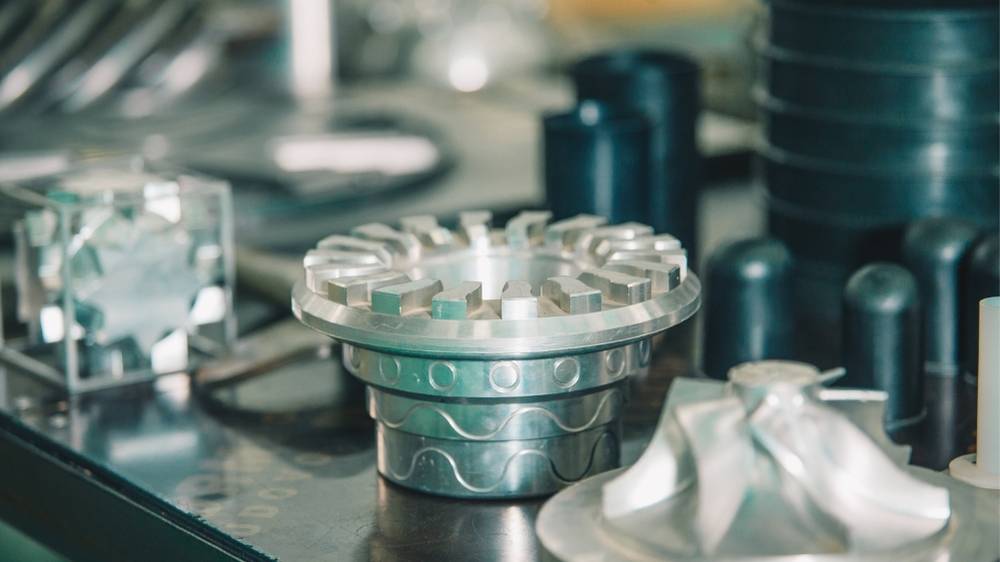
Here’s the table highlighting the advantages and disadvantages of Swiss CNC machining:
Table 02: Pros and Cons of CNC Swiss Machining
| Advantages | Disadvantages |
| High Precision: It is Ideal for parts with tight tolerances. | Complicated Setup: Requires skilled operators for setup. |
| Optimum for Small Parts: It is Perfect for manufacturing small, complex parts. | High Initial Investment: Swiss CNC machines can be expensive. |
| Minimum Cycle Time: Simultaneous tool use reduces production time. | Limited to Smaller Parts: Not suitable for larger parts. |
| High Production Rates: It is Capable of producing parts in high volumes. | Maintenance Cost: Regular maintenance is required to maintain precision. |
| Minimal Part Movement: The guide bushing ensures part stability, reducing deflection. | Learning Curve: Requires operators to be well-trained in the technology. |
Table Description: The above table highlights the pros and cons of Swiss CNC machining. These help you weigh the benefits against the potential challenges.
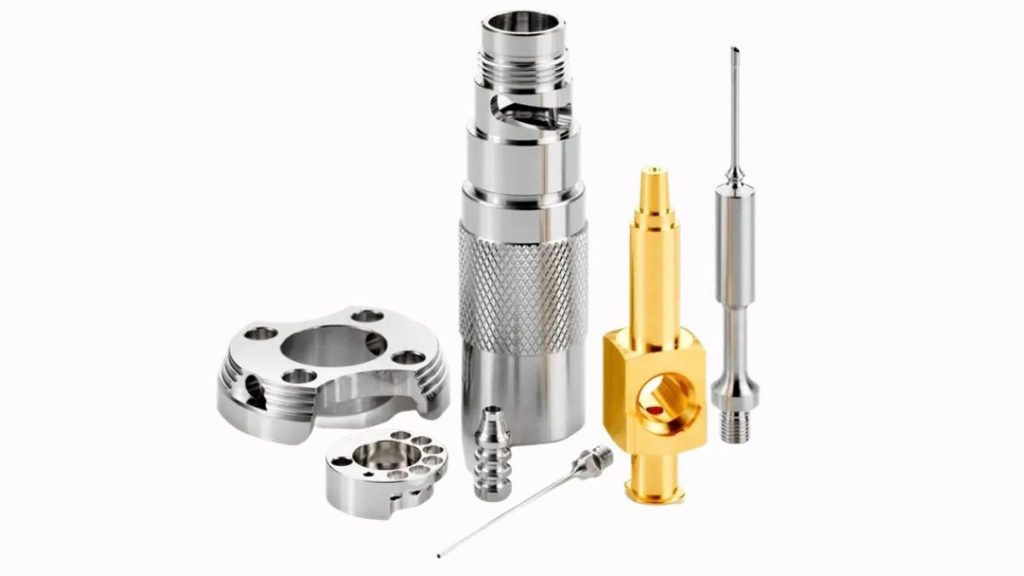
The standard Swiss CNC machine depends on multiple key components for its construction. Multiple critical elements combine to produce desired outcomes, which effectively generate complex to small products. The machine system components function in collaboration to fulfill their operational needs.
Guide bushings act as mechanical components. These hold workpieces during operation. The components establish stability while stopping workpiece deflections throughout machine cutting operations. Guide bushings enable precise work processes on small-scale objects. These are placed in the right position to enable machines to deliver precise results and operate fluidly.
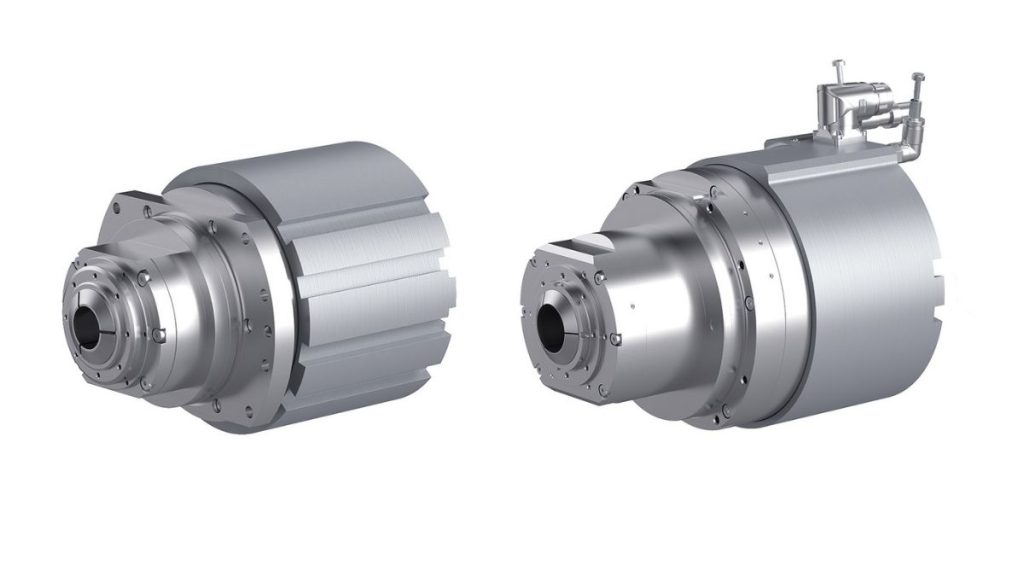
The spindle rotates the workpiece or tool. A precise cutting and shaping process depends on the spindle system. The main drive activates the spindle through its rotational power and delivers adequate torque. High-speed tool rotation becomes possible through its design feature. Clean cuts along with high-performance results from the combined operation.
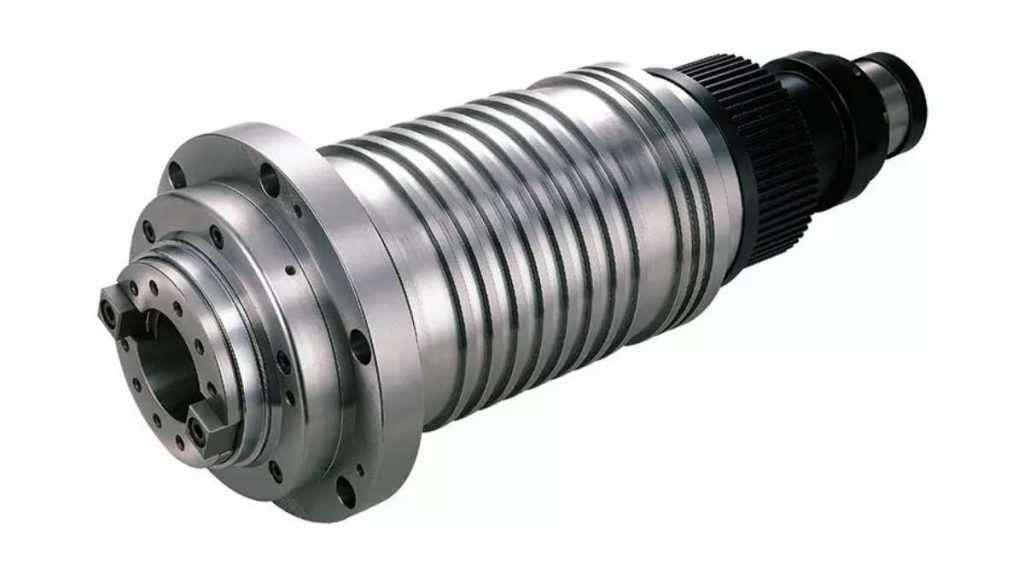
Multiple tool holders are incorporated into the tooling system of Swiss CNC machines. The tooling mechanism entails different tools. These support turning and drilling processes. The tool-shifting process within the system happens fast while maintaining exact position requirements. The production effectiveness improves as it reduces the setup time. Multiple tools allow the reduction of setups which leads to increased time savings.
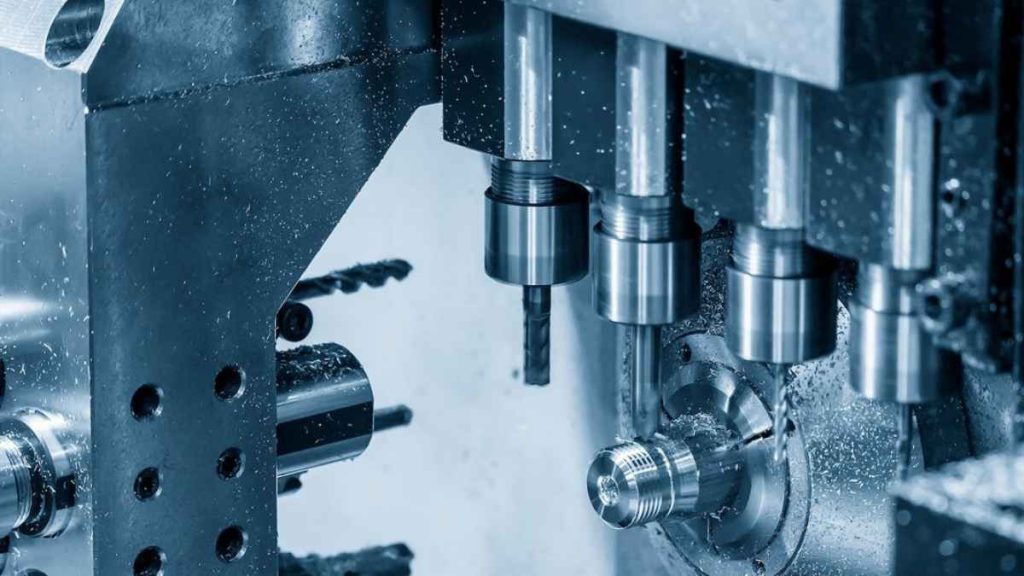
The sliding headstock allows the machine to transport workpieces inside its system. The process enables uninterrupted material cutting. It does not require the part to be shifted in position. The sliding headstock serves as a special feature of Swiss CNC machines. The machine enables the manufacturing of precise, extended, and thin components. The headstock movement improves production efficiency by maximizing efficiency when machining takes place.
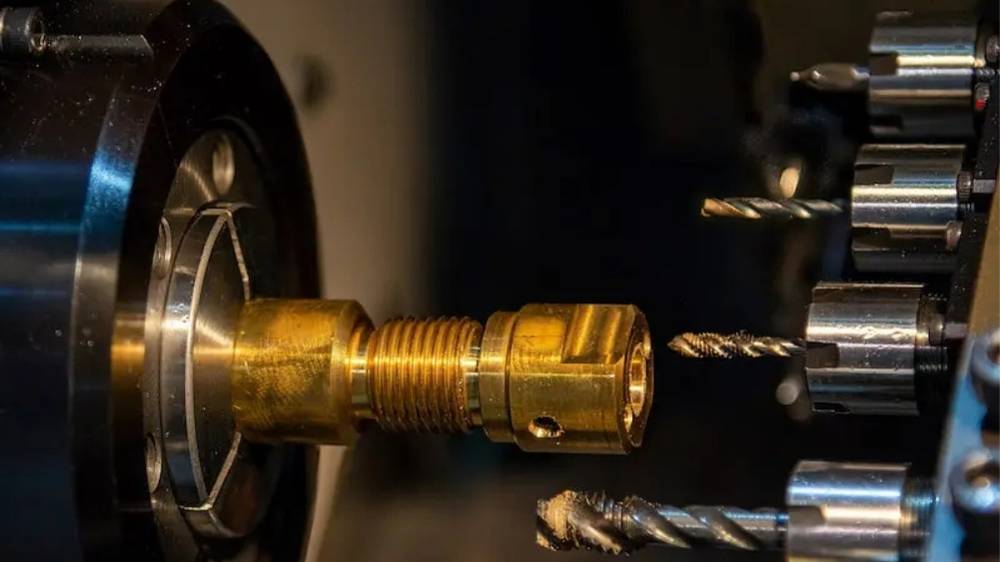
Through the CNC control system, all machine movements find their direction. The control system reads the provided part program while performing necessary operations. Such a system delivers exact and repetitive performance during manufacturing operations. The modern control system lets users run multiple directions at once. Alongside, it provides instantaneous process surveillance. The system allows users to modify settings according to various parts and material requirements.
Swiss machines operate differently from conventional CNC machines. It has a special operational system for achieving exactness in parts. Here's how it works:
In Swiss machining, the workpiece typically enters the machine by passing through a guide bushing. The machine allows a continuous feeding operation. A workpiece achieves precise cuts because the guide bushing both stabilizes it and keeps it from deflecting during processing. So, overall, it operates best when processing extended narrow components.
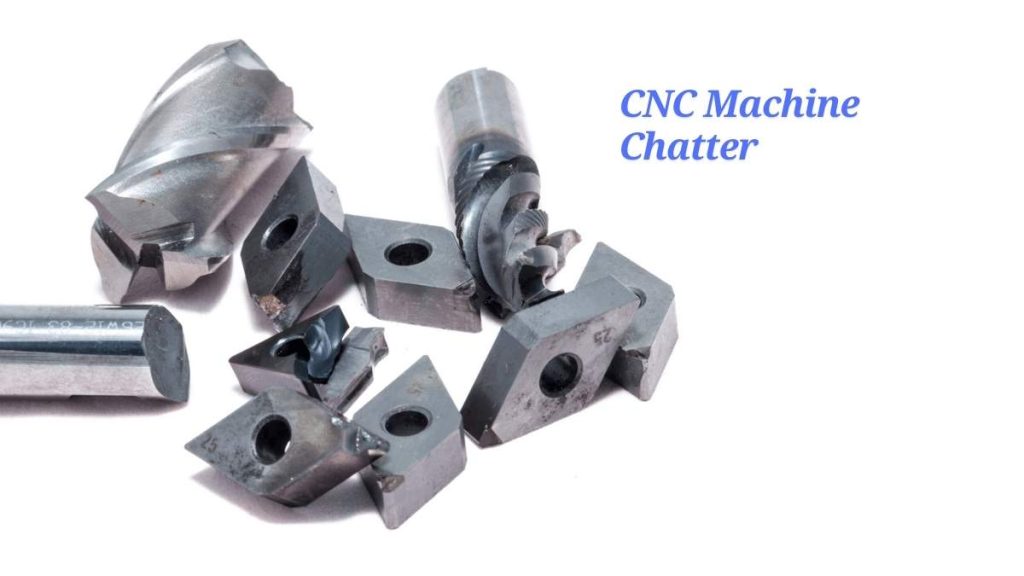
After achieving stable workpiece fixation, the main spindle starts fast rotation. During the process, the spindle rotates the part while one or more cutting tools execute their designated operations, including turning and drilling. The precision result stems from the combination of the workpiece rotation with the static tooling setup.
Swiss machines usually operate with several tool holders. These tools execute simultaneous production processes. Complex cuts on the metal part are possible through these. Turning tools, drills, and mills are placed at strategic points so the part stays in position. So, you can achieve improved production efficiency combined with shortened cycle times.
The interaction between tools and workpieces allows accurate machining procedures. The guide bushing effectively secures material during part cutting operations to reduce vibration risk. Using this interaction method, operators can achieve proper and accurate cuts on difficult-to-shape objects.
All Swiss machine operations are directed by the CNC control system. These are built-in systems. It reads the provided program to modify tool positions and monitor exact step execution. The machine technology enables multi-axis operations, which allow it to execute turning, drilling, and milling functions under one platform.
Table 02: Industrial applications of Swiss CNC Machining
| Industry | Products |
| Aerospace | Turbine Blades, Landing Gear Components, Aircraft Fittings |
| Medical | Surgical Tools, Implants (Titanium screws, plates), Needles, Catheters |
| Electronics | Connectors, Microwave Components, Smartphone Parts |
| Automotive | Valve Seats, Fuel Injectors, Gear Components |
| Defense | Firearm Components, Radar Parts, Ammunition Components |
| Watchmaking | Watch Parts (Gears, Screws), Watch Casings, Movements |
| Robotics | Robot Arm Components, Sensors, Drive Mechanisms |
Table Description: This table shows how Swiss CNC machining is utilized in various industries, with actual products made using this precise machining method.
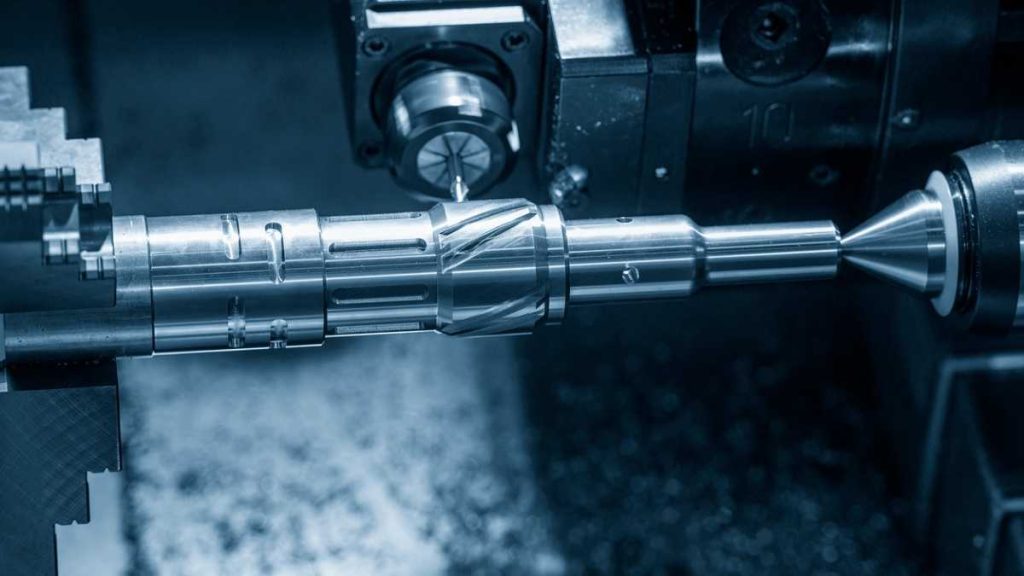
Swiss machining benefits surpass traditional machining options, but it brings specific obstacles that manufacturers need to tackle.
Swiss CNC machines require a big financial investment. The purchasing cost is relatively higher. Since it encompasses advanced technological complexity. The implementation of these machines demands that organizations invest a significant amount of money. Small manufacturers and new startup businesses may find it difficult to afford these machines due to financial constraints. The precise operational needs of users increase the maintenance costs associated with Swiss CNC machines.
Experienced and trained personnel are mandatory for Swiss CNC machines because of their sophisticated functionalities. Multiple tools embedded in the machines often present challenges for installation operations. This is especially during the process of changing between part designs and production sequences.
Swiss turning machines can effectively deal with a range of materials. Certain tough materials challenge the machinery because of their strong properties, including hardness and size, and density. Special equipment becomes imperative when performing machining operations on titanium and high-alloy steels. Operating speeds need to be reduced when working with these materials since they often cause tool degradation and measurement errors.
The Swiss CNC machining system works most efficiently for the production of small, intricate components. It delivers superior outcomes when producing smaller parts instead of larger ones. Manufacturers of complex or large parts find this machine challenging because of its restricted operational area unless users integrate extra machinery systems.
Tools experience deterioration in high-speed Swiss CNC machining operations since the machines perform at speeds that surpass traditional machining practices. Tools should be inspected regularly. The operating quality of precision parts needs frequent replacement to keep them intact in an optimal state. Regular maintenance duties increases manufacturing costs and lengthen production time.
Swiss CNC machining outperforms traditional machining for its superior precision. These machines are highly efficient and ideal for sectors where the production of intricate parts matters. The cost obligations are somehow higher. It demands sufficient investments and presents challenges, especially for small start-ups. However, it produces substantial benefits in the long run, primarily when you are processing tiny and complex parts.
At ApexRapid, we employ advanced cnc machining techniques to transform complex designs into precise products swiftly. Our team brings over a decade of experience. We offer comprehensive guidance throughout all production phases from start to end. To get you done with the project right. Reach us now to obtain customized high-quality manufacturing solutions that meet your specific requirements.
